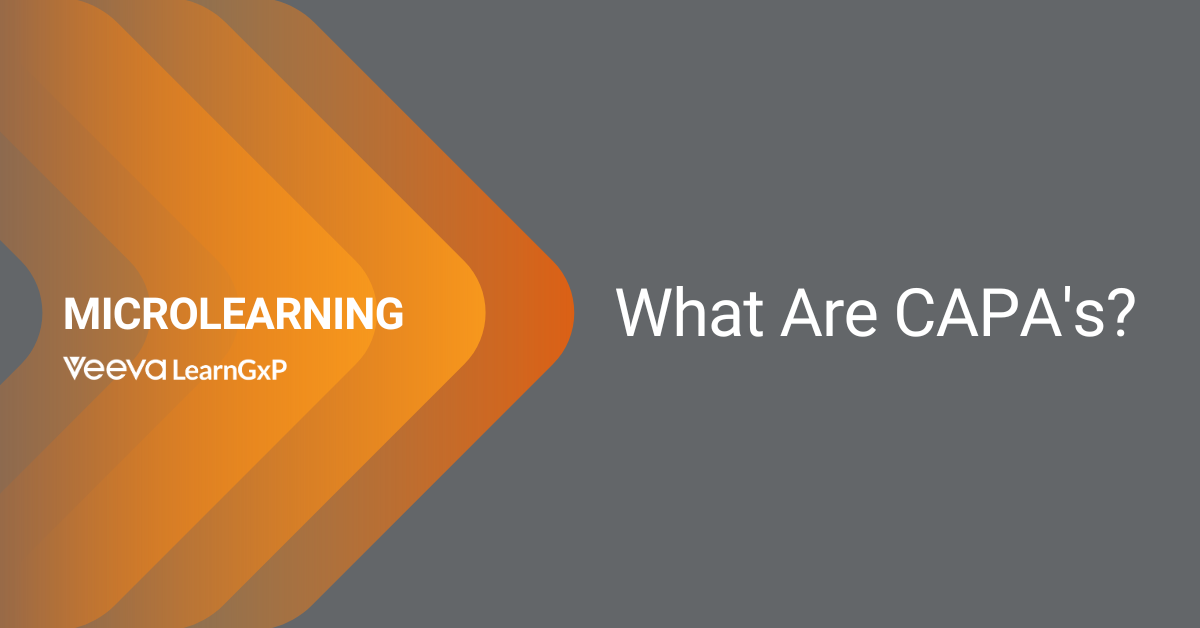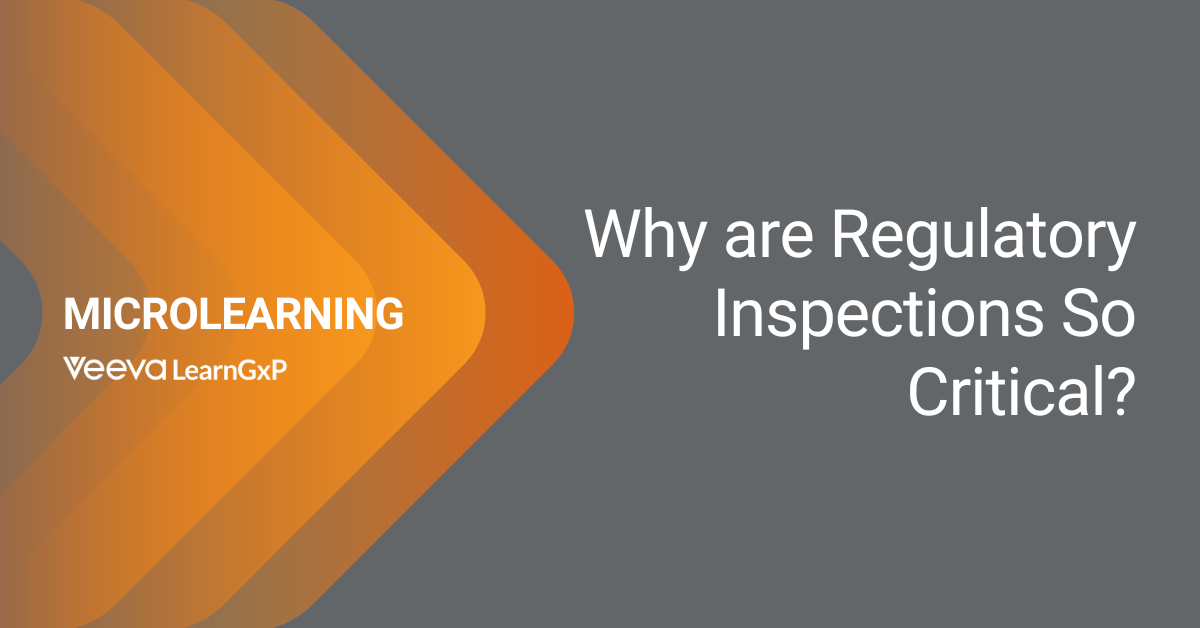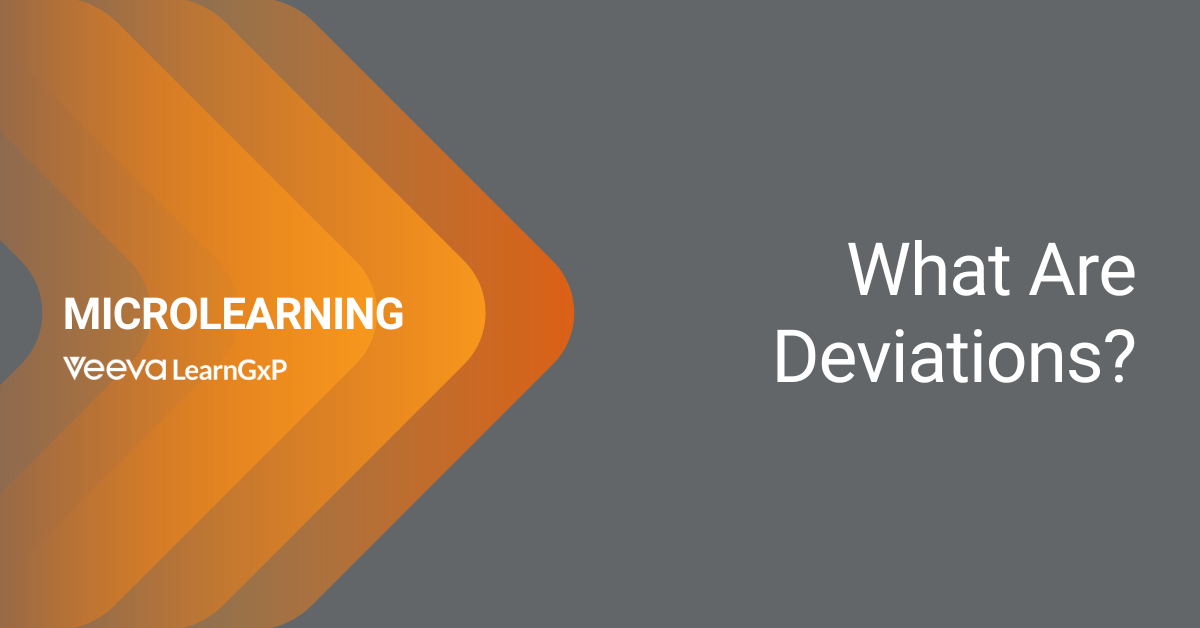According to PMLive.com, pharmaceutical companies and other players in the life sciences industry need to get to grips with new and potentially disruptive technologies to help them emerge from a challenging operating environment, says a new report.
It is no secret that drugmakers have been taking a battering in recent years on the back of price cuts, increased competition and R&D productivity issues, which became even more acute in 2012 as austerity measures in Europe and the global downturn in the economy gathered pace.
Accenture believes companies need to look beyond developments to engage effectively …
Forward-thinking companies have already started to tinker with their business operations, for example by trying to expand in emerging markets, adopting more flexible and inclusive approaches to R&D and trying to make their processes more efficient.
From a technology perspective topics such as cloud computing and mobile devices are already making headlines, but Accenture believes companies need to look beyond these developments if they are to engage effectively with healthcare professionals, payers and patients.
The management consulting company identified six cross-industry technology trends that will influence companies over the next three to five years early in 2012 in its agnostic Technology Vision 2012 report, and towards the end of the year published a supplement examining how these will specifically affect life science companies.
1. Context-based services
Context is fast becoming a buzz word across many industries, and can be defined as the convergence of the real and virtual worlds, orchestrated by 3G- and 4G-enabled smartphones and typically making use of location-based services.
For the pharma industry the approach is already helping companies to engage directly with patients, with a good example being a smartphone app developed by Merck Sharp & Dohme for users of its allergy treatment Clarityn (loratadine). Using the consumer’s location, the app provides information on local pollen counts, as well as details of nearby medication availability.
Pfizer has also gone down this route, with an app in Israel that gives the location of nearby restrooms and is designed to raise awareness of overactive bladder, a condition that can be treated using its Detrol LA (tolterodine) and Toviaz (fesoterodine fumarate) brands.
Some are now taking the concept to a higher level and using technology as a core component of patient care. Accenture and the UK Alzheimer’s Association have used patient-tracking devices to improve the care and reduce the cost of managing patients with the disease.
Meanwhile, Boehringer Ingelheim is piloting a project in which personal devices such as phones and tablets are linked to glucose meters, allowing the firm to provide diabetic patients with information, incentives and advice.
‘The new generation of wireless sensors will be able to provide more sophisticated real-time insight,’ says the report, which notes it can be applied equally to the clinical trial process ahead of product registration, as well as for internal corporate functions such as sales.
Context is … the convergence of the real and virtual worlds orchestrated by 3G and 4G …
‘Imagine a scenario in which a heart-rate monitor could send information regarding an erratic heart rate to a technology-enabled smartphone,’ it notes. ‘The devices could ‘talk’ and auto-generate an emergency call to a previously-specified healthcare provider.’
2. Converging data architectures
There has been an explosion in the amount of data that pharma companies have to deal with, and this is likely to be exacerbated in the future. For example, AstraZeneca was a pioneer in the sector when it added serial numbers to Nexium (esomeprazole) to help track products through the supply chain and help combat medicines counterfeiting.
Serialisation is now increasingly common, but what is not widely understood is the sheer volume of data that needs to be handled and retained. The Nexium dataset is now by far the largest in AZ, so imagine the size of the task when all products need to be serialised, as mandated by the EU Falsified Medicines Directive.
This data explosion is also providing opportunities for companies to develop new, real-world data analytic capabilities which can enable new business services and reimbursement models, for example by linking patient records with genomic and genetic data, financial information and patient-reported data.
Linking this information can put drugmakers into partnership with payers and make it easier to demonstrate that outcomes resulting from care warrant reimbursement. In 2011, Sanofi and US pharmacy benefit manager Medco joined forces to pursue just that objective.
“In a future in which personalised (or precision) medicine has become a reality, new sources of information – including genetic profiling – will enable biopharma companies to target participants more effectively for clinical trials and treatment,” says Accenture.
3. Industrialised data services
One of the main changes that biopharma companies need to embrace is to acknowledge that data – generated internally or externally – is an asset that can be used for multiple purposes.
For example, setting up data management services in R&D can help collate and correlate data from contract research organisations (CROs), academic institutions and other partners and provide ‘deep insights into new solutions and better metrics on the efficacy and safety of drugs and devices in the pipeline’, according to Accenture.
‘The ability to share data will make it more valuable, but organisations will need to rise to the challenge of managing it differently from the past,’ says the report. ‘The data-sharing model, by its nature, will accelerate companies toward centralised data management.’
4. Social-driven IT
Social media has featured on pharma technology trend articles for some time, but the challenge is to move social marketing beyond a bolt-on marketing channel to being ‘an integral enabler of the next generation of collaboration for life sciences companies both within their organisations and outside’.
Research shows that more than two-thirds of US consumers seek medical advice via the internet and social media, so marketing teams that share early feedback on products with the R&D team may be able to meet consumer needs better.
‘Internal use of social media in pharma also helps build confidence as companies can go beyond their organisation to engage with patients and healthcare practitioners,’ adds the report.
Marketing teams that share early feedback with the R&D team may be able to meet consumer needs better
5. PaaS-enabled agility
Cloud computing is fast becoming old hat for larger pharma companies with GlaxoSmithKline, Roche and Novartis all adopting the technology to reduce IT costs and improve scalability.
Taking this to the next level, Accenture also has great expectations for platform-as-a-service (PaaS) – an extension of the software-as -a-service (SaaS) model that combines cloud computing with a series of software applications – called solution stack, which allows apps to be created by users.
So far this has been the domain of the sales and marketing functions of biopharma companies, with a proliferation of apps and salesforce enablement tools aimed at providing real-time, content-rich capabilities to boost effectiveness, and small-scale R&D applications.
‘Cloud services provide the companies with an ideal opportunity to switch from capital-intensive information technology to a more variable operational cost model,’ says Accenture. ‘With PaaS, it becomes possible to innovate rapidly and react to market shifts.
‘The data-sharing model, by its nature, will accelerate companies toward centralised data management
6. Orchestrated analytical security
In today’s digitally-connected world, security breaches are an almost inevitable consequence of the shift towards cloud computing, social media, connected infrastructure and mobility. Organisations have to understand that existing approaches that rely on shoring up perimeter security are no longer up to the task.
IT departments in life science companies need to accept that some attacks will get through the perimeter, and develop ‘data-centric’ security that moves towards understanding rather than monitoring of threats, and towards visualisation of behaviours and anomalies rather than simple data collection.
Companies could use a data platform to analyse the activity of a suspect employee’s time spent downloading confidential data, for example, triggering a compliance check.





